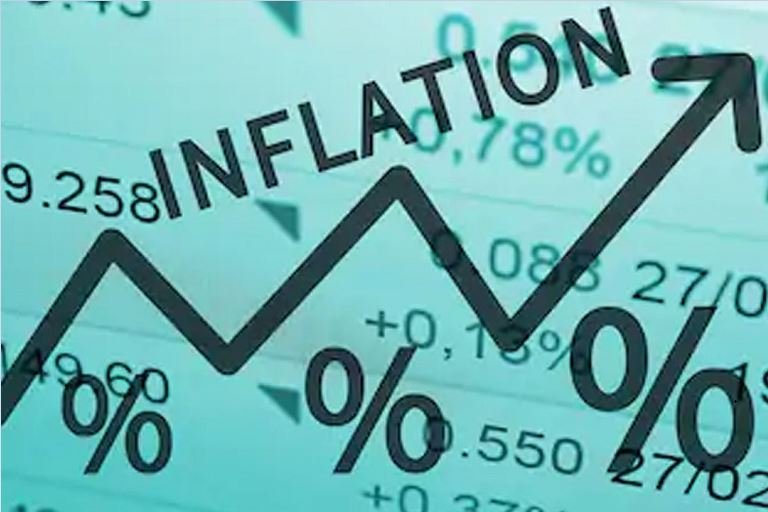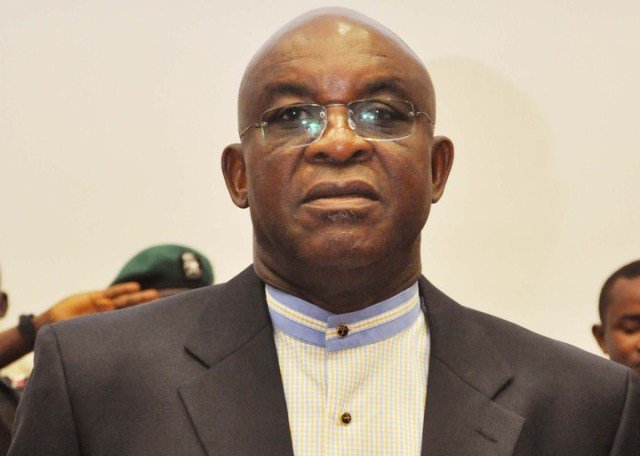For the first time in more than 40 years, the UK’s inflation rate increased by a double-digit percentage in July, rising to 10.1%.
Because of rising food costs, consumer price inflation increased from 9.4% in June to its highest level since February 1982. The double-digit percentage was higher than economists had predicted it would be, who had predicted a little increase to 9.8%.
The numbers released on Wednesday showed how challenging it will be for the Bank of England to reduce inflation in light of the significant price increases that occurred across the UK economy in July, which led to an inflation rate higher than that of other G7 nations.
The Office for National Statistics noted that July’s price increase—0.6% in just one month—was remarkable because prices often decline in July, when high street discounts take place. According to the statistical agency, the rate of inflation this month was the highest for any July since comparable monthly measures began in 1988.
A “broad variety of price increases brought inflation up again this month,” according to Grant Fitzner, the chief economist of the ONS.
He pointed out that the items that contributed the most to the rise in inflation were bread, dairy products, meat, and vegetables, with increased prices for takeaways as a result. The cost of package vacations increased significantly more quickly this year than it did in 2021 because to the congestion at airports and the lack of available aircraft.
Inflation in food prices reached 12.7% in July, the highest level in the category in more than 20 years.
Ahead of forecasts for a 5.8% rate, the core rate of CPI inflation in July, which excludes the cost of gasoline and food, increased by 6.2%.
This showed “near-term momentum” in price gains rather than price declines from a year earlier, according to Samuel Tombs, chief UK economist at Pantheon Macroeconomics.
While inflation has increased in all advanced economies, it has been higher in the UK than in the other G7 countries and most of Europe.
This can be attributed to the increased gas consumption in the nation, the spending growth that was underpinning last year, the private sector’s pay rise above 5%, and the ease with which businesses anticipate passing on higher prices to clients.
On Wednesday, many economists predicted that the upward rise in inflation, coupled with the second quarter’s strong wage growth, would harden the Bank of England’s resolve and prompt the central bank to increase interest rates more quickly and farther.
“Given the intensity of underlying inflation pressure, we continue to expect the Bank[of England] to deliver another 0.5% interest rate increase at its next meeting,” said Luke Bartholomew, senior economist at Abrdn.
Although there has been some reprieve due to cheaper gasoline this month, pressures on consumers will intensify in the fall as energy prices are expected to soar once more in October. This is because the BoE is likely to boost rates.
The BoE anticipates that the rate of inflation will increase to over 13% in the fourth quarter of this year and remain high for the majority of 2023.
Another ONS investigation revealed that because poorer households spent a larger percentage of their budgets on energy and food, which were rising in price at the fastest rates, they were experiencing higher rates of inflation than households with higher incomes.
Economic growth would be negatively impacted by the decline in household living standards, according to analysts.
According to Jamie O’Halloran of Pro Bono Economics, a company that provides advice to the nonprofit sector, the sharp price increase is “creating a punishing cost of living crisis, with the possibility of recession coming ever closer.”








